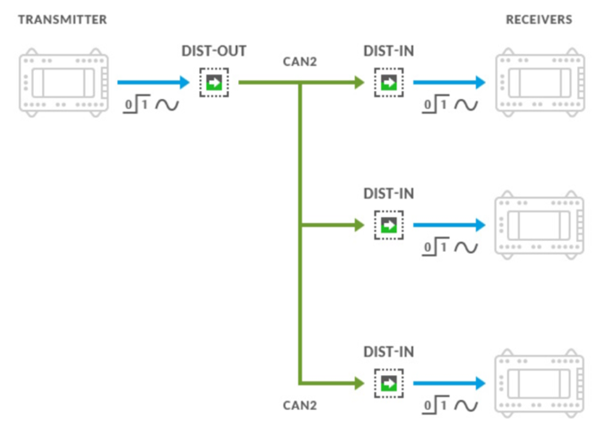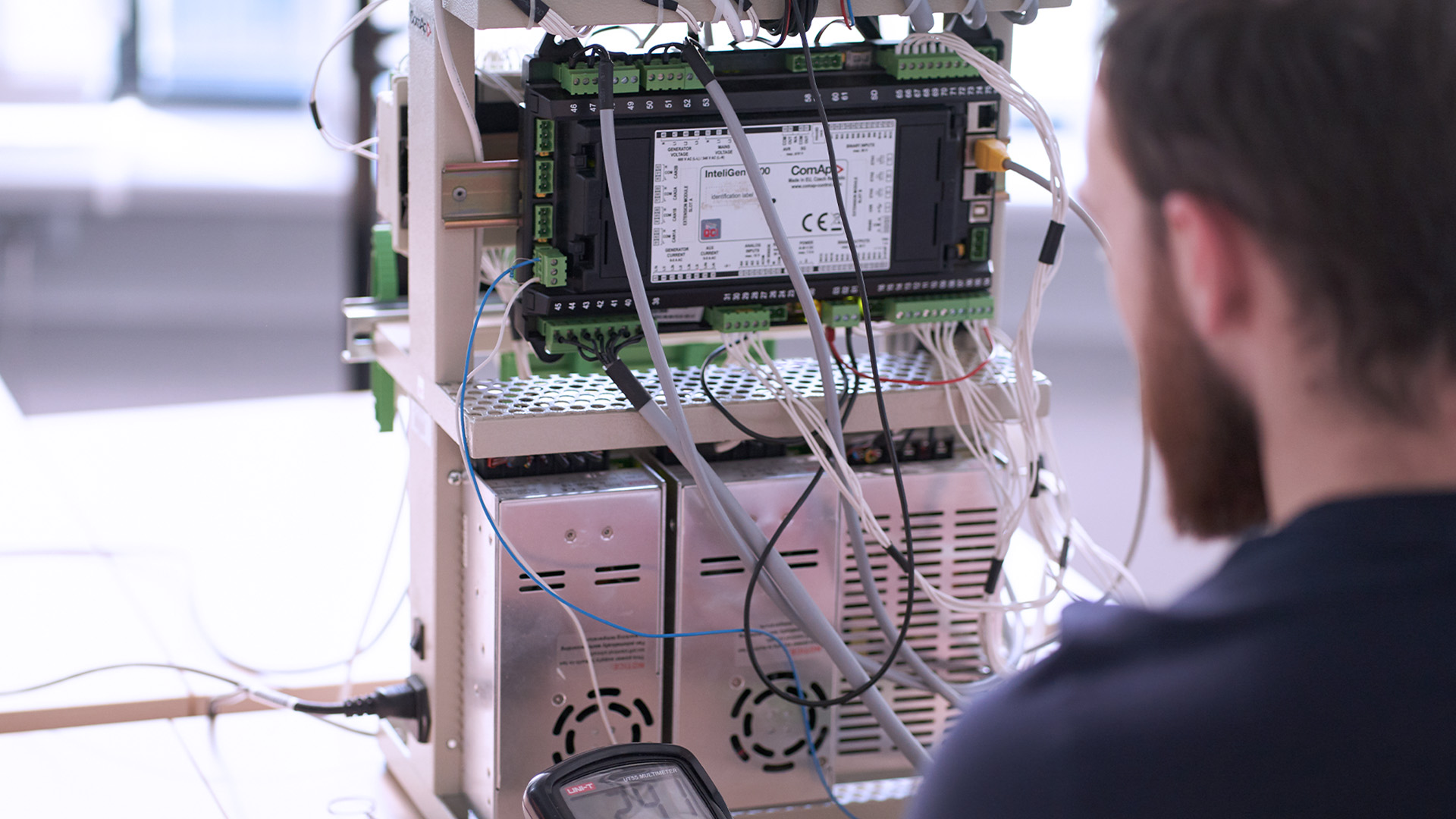You need an account to access this content
Create a free account and get access to all downloads and more!

Expert blogs

13 Dec 2023
5 min read
The quantity of data exchanged in industrial networks keeps growing. In power generation projects now more than ever there are more sensors available that are helping to measure and control a great variety of values – temperatures from different locations, vibrations, humidity, you name a value that is affecting the project application and there is no doubt that it can be measured to support the effectiveness of a project. This increasing demand for quick data exchange requires an effective communication protocol to enable that transfer, and the answer to that need is CAN FD.
CAN FD (Controller Area Network Flexible Data-Rate) is a communication protocol that is revolutionising CAN communication technology for complex and critical applications in power generation and energy management. The protocol enables communication messages to dynamically switch between different data rates and longer or shorter format messages. Increased data transfer speed and robustness, as well as the cost savings are some of the major benefits of CAN FD, especially for large scale projects.
Using a more efficient data encoding scheme, the capacity for data transmission over CAN FD is several times faster (up to 2Mb/s) than the classical CAN. This allows for greater sharing of data for the intercontroller communication, which exceeds the market standards in this area.
One essential thing to be able to enjoy the benefits of CAN FD integrated in power generation controllers is cable usage and wiring. While the benefits are great and offer greater reliability of the communication and data exchange between controllers, it will largely depend on proper wiring and correct set up.
Before discussing this point, however, let’s review some of the major benefits of the CAN FD protocol and how it’s ensuring smoother and more dependable communication between controllers.
Before CAN FD, projects requiring more than 32 controllers faced complexities due to the market standard's limitations. Integrating more controllers often lead to intricate configurations and higher costs. It was necessary to add Bank/Group controllers (additional controllers to group the generators controllers together), there was a need for a completely different topology of the controllers, and so on.
CAN FD is simplifying this whole process. For any project there can be up to 64 controllers in one single CAN line that can effectively communicate together with any additional support controllers needed. By reducing the hardware requirements, wiring complexity, and infrastructure costs, CAN FD is helping to optimise costs when it comes to installation, maintenance, and system expansion, especially on larger power generation projects.
Distributed signals allow to share information between controllers over the inter-controller CAN line, without the necessity to extra wire those signals.
 Figure 1. Distributed signals
Figure 1. Distributed signals
Using the CAN FD protocol each controller can send up to 32 binary signals and 4 analogue signals on the bus. In the table below you can see how much additional signals can be shared comparing to the old solution in the application with 32 controllers.
| CAN | CAN FD | |
| Binary signals | 304 | 1024 |
| Analogue signals | 8 | 128 |
This in turn decreases the need for wiring between individual controllers and simplifies the commissioning process on complex sites.
ComAp has introduced the CAN FD protocol in our control solutions to ensure faster communication and simpler installation of projects for our customers.
What we have noticed is the greater sensitivity of the speed of the line with the move from CAN to CAN FD and some precautions that need to be taken to ensure the full advantages of the new communication protocol. Previously, our older generation control solutions relied on a CAN 32C with maximum speed 250 kb/s, which is 8times slower than the CAN FD that is currently used in the newer generation of controllers. The slower speed might not cause issues for intercontroller communication, even in cases where the installation was not completed fully in compliance to our controller wiring recommendations.

However, the greater speed of the CAN FD requires that our customers follow our installation recommendations so that they can get the faster and greater data exchange that comes thanks to this more advanced communication protocol. Some key things to pay attention to for ensuring the right operation of CAN FD:
Properly shielded and well-engineered cables prevent signal distortions, electromagnetic interference, and data corruption. Investing in the right cables ensures that data transmission remains reliable and free from communication errors.
 Figure 2. CAN FD cable requirements
Figure 2. CAN FD cable requirements Figure 3. CAN FD wiring requirements
Figure 3. CAN FD wiring requirements
The introduction of the intercontroller communication protocol in power generation and energy management controllers is a significant milestone for the energy industry. The speed and capacity for data transfer it enables, in line with great cost effectiveness, is helping to revolutionise communication and data transfers for critical power systems, data centres, etc. However, it is vital to remember that the success of this advanced solution lies not just in its capabilities but also in the careful attention given to cable and wiring practices to ensure reliable data transfer, seamless communication, and system integrity.
This cutting-edge protocol is currently available in ComAp’s high-end controllers: InteliGen 1000, InteliMains 1010, and InteliNeo 6000, however the plan is to continue to include it in our wider portfolio of products in the future.